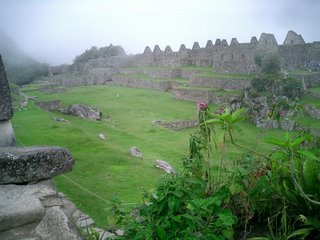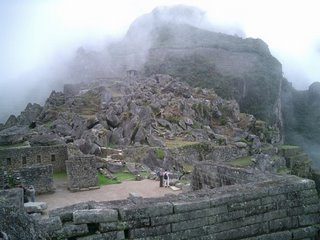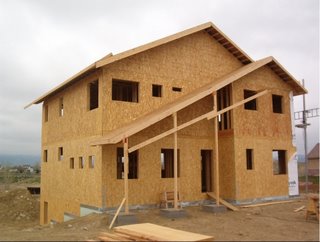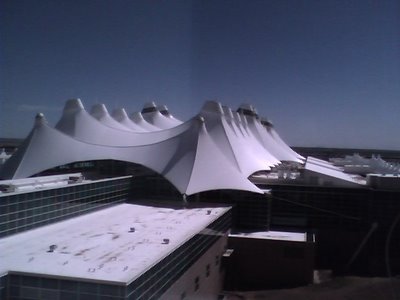Lovely Images, Part VII: Fuji's Finest
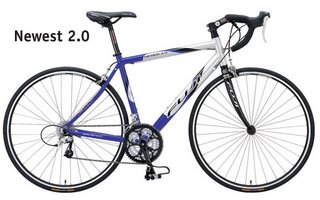 Meet the new addition to our family. It was born into our lives yesterday thanks to a bit of plastic credit. It weighs 24 pounds. It has 24 speeds. Not sure if there's a connection between the two, but it sure can scoot.
Meet the new addition to our family. It was born into our lives yesterday thanks to a bit of plastic credit. It weighs 24 pounds. It has 24 speeds. Not sure if there's a connection between the two, but it sure can scoot.My best girl -- who is the "official" owner of the new bike -- and I went for a 30-mile ride today. We were going to ride into the foothills and nearly kill ourselves with endorphine-soaked exhaustion.
Architects always have a plan. The plan was that she would ride her new bike while I rode my 40-pound squeeker. Hopefully, our "abilities" would then be evened out somewhat.
However, when my brakes broke during pre-ride maintenance (don't ask), we decided that she would ride her old & busted purple bike and I would ride the new sweetness.
Oh, yeah, and instead of riding into the foothills where certain death awaited us, we decided to ride 15 miles south and then return back home again.
Except for a "chain coming off" event, it was a nice ride. And except for a troublesome front derailler, the Fuji is a nice bike.
I'm now thinking I may take my time fixing the broken brakes on my 40-pound squeeker. Just don't tell her...
Update: Here is a link to the bike I now have my eyes on -- the Fuji Touring bike -- if I can take my eyes off my best girl's bike first. Us guys can be such dogs...




